– David Rambow: Well, at the time that he started here, this was a working town.
Photography changed that.
People started coming to see this as a tourist destination.
[upbeat music] – Taylor Bailey: Okay, so this is me in front of the Eiffel Tower.
This one is me in front of the pyramids.
Oh, oh, and here’s me in front of the Statue of Liberty.
– Kacie Lucchini Butcher: Wow!
You really got around on this trip.
– I wouldn’t even be able to remember it without the photos.
What did people do before they could take pictures on their phones?
– Well, by the mid 1800s, some people could take photos, kind of like that.
[ding] – What’s that?
– That is a tintype.
Nick and I got it done while we were in the Wisconsin Dells.
It’s kind of like a photo and a souvenir all rolled in one.
– Taylor: A tintype?
What kind of phone takes a tintype?
– A phone?
This technology is way before phones.
This studio’s from the 1870s.
– The 1870s?
That’s as old as Nick!
Tell me a little more about it.
So it all started when Nick and I had a question about early photography.
[dreamy harp music] – Nick Hoffman: Whoa, this is awesome!
– Kacie: This is so cool!
Where are we?
– David: We are in downtown Wisconsin Dells on Broadway Avenue at the H.H.
Bennett Studio.
This place was built in 1875.
– Who ran the studio?
– A man named Henry Hamilton Bennett.
– Why did H.H.
Bennett open a studio in Wisconsin Dells?
Well, at the time that he started here, this was a working town.
And so what that means is people were just working with bringing logs down the river and processing them, but due to the photography, people started coming to see this as a tourist destination, and they wanted remembrances of that in the form of photography.
– So who even is H.H.
Bennett, and how did he get to the Wisconsin Dells?
– Good question.
– When did you get here?
– I heard you talking about our trip to the Dells, and I’m wondering, have you ever heard of a very famous photograph called “Leaping the Chasm?”
That’s a famous Bennett photograph!
Henry Hamilton Bennett was born in 1843 in southern Quebec.
His family moved to Brattleboro, Vermont just a year later.
In the late 1850s, the family transferred again, this time to Kilbourn City, Wisconsin.
This was the landscape that would inspire him for the rest of his life.
September 1861, Bennett enlisted in Company E of the Twelfth Wisconsin Volunteer Infantry Regiment for the Civil War.
He spent several years in the military, but in April 1864, he was badly injured when his gun accidentally discharged.
This resulted in his right hand being permanently disabled and meant the end of his military career.
Due to his injury, he couldn’t really do the work he had done before the war, which was carpentry.
Instead, in the spring of 1865, he decided to open a photography business in Kilbourn City.
– Okay, wait.
I thought you guys said that you were in the Wisconsin Dells.
– We were.
Kilbourn City is what they called the Wisconsin Dells back then.
– Oh, so Bennett and his family were in the Wisconsin Dells before it was a popular tourist spot.
– Exactly.
But all that would start to change in the late 1860s as more and more people started to visit the region.
And H.H.
Bennett would play a big role in making it the tourist destination we know today.
– So what kinds of photos did H.H.
Bennett take?
– Of course, in this building was mostly portraits of people who had made an appointment to come in and get their portrait struck, as they called it in those days.
Early on, he was taking portraits of citizens of the Dells, and then afterwards in the 1880s, lots of tourists.
His wife, Frances, or as he called her, Frankie ran a lot of the studio portraiture in here.
He liked to be outdoors, so he would travel by boat up and down the river and take pictures of the wonderful natural wonders in the Wisconsin River.
Some of those, he put on special cards that if you put it in a certain type of viewer, you could see it in three dimension.
– Nick: Whoa!
– David: Which at that time, was kind of like what we see virtual reality or VR as.
It was quite amazing and remarkable.
– What is this about photos and 3D?
– Well, stereoscopic views were first developed in the 1830s.
The basic principle involves two slightly different images that are placed side by side in a special viewing device.
Looking at the images in this device, called a stereoscope, results in a cool 3D effect.
This became super popular in the 1860s and ’70s, as stereographs allowed people to see images from all over the world.
It was a way to experience faraway places in the comfort of your home or a local library.
So what does that have to do with the Dells?
Well, by the late 1860s, Kilbourn City was starting to develop into a resort town.
And H.H.
Bennett played a big role in spreading the area’s fame across the country.
His photographs and stereographs were used by railroad companies as a way to attract tourists from the South.
Thousands of copies of Bennett’s stereoscopic images were shared, and these images introduced the Wisconsin Dells to a wide audience.
– So Dave, I can go outside and take a photo on my cell phone today.
What kind of equipment was he using during that time period?
– This, if I can bring this forward, is the most portable photo-taking machine or camera in the 1870s and 1880s.
This is a box camera with a brass lens on the front.
– Nick: Wow.
– One piece of film would fit in the back.
To take the photo, there’s no button to push.
You just take the lens cap off and count, “One, two, three.”
Maybe seven, eight, nine, ten seconds.
And then put this back on to stop the light, and then go back into a special room called a darkroom where no natural light gets in, and then process your image and make it look like it’s supposed to look.
– So what do these pictures taken by this type of camera even look like?
– I am so glad you asked.
– This is what we call a daguerreotype.
It’s one of the earliest photos ever made.
And you can see, it’s in a special box with a lid that would open and close.
These are very fragile, so you’d have this put under glass.
And this little frame, this is the kind of photo that might’ve been done here.
It’s called an ambrotype.
And what it is is a piece of glass that’s been treated with the chemicals that make it light sensitive, and shot in one of these wooden cameras.
Now, the last thing I’ll be showing here is a tintype.
– Nick: And this is what we’re gonna be getting today, a tintype?
– I sure hope so.
– Nick: All right.
– If you can sit still enough.
– Nick: All right.
– I don’t know about Nick.
– What did people think of photography when it was first introduced?
– Let’s say your grandfather was born and died before you knew who that was.
All you had to go by before photography was the story your mother told you about what this person looked like.
If you were rich enough, you’d have hired an artist to paint or draw them, but most people did not.
Photography changed that.
It changed how you see yourself, your identity, so that changed everything.
– All of this is fascinating and everything, but you guys haven’t even gotten to the good part.
– What’s that?
– Your photo, your tintype!
How did you even get it made?
– It’s a lot harder than just taking out your phone and snapping a selfie.
There are way more steps.
But Dave gave me a really cool rundown while we were in the darkroom.
– We’ll start with a stock piece of aluminum.
To make this light sensitive, the first thing we have to do is coat it with this compound that’s called collodion.
All I do is pour the collodion so it covers the whole plate.
So I touch it.
[dings] So if that fingerprint stays, it means it’s ready for the next step.
I’ll turn off the light.
[light switch clicks] You can see, all we have is a red light.
And this light is the color that this film is not sensitive to.
And it stays in the dark for about three minutes, and at that point, it’ll be sensitive enough to capture an image.
And we’ll come back and get this, put it in a special holder so I can carry it out into the UV light safely.
[dinging] There we go.
Ten, nine, eight, seven… And clear.
That’s it.
– Kacie: I love how it gets slowly revealed.
– Dave: Yeah.
What do you notice wrong about it?
– Kacie: Oh, it’s backwards.
– Dave: Everything is backwards.
Tintypes are always laterally reversed.
There you go.
– Nick: That’s great.
– Dave: So the next step, tonight, once it’s all dried, I’ll put it over a spirit lamp and coat it with a varnish, and that varnish will protect this for up to 160 to 200 years.
[television static] – Wow, so this tintype of you guys could last for hundreds of years.
– Pretty cool, right?
– I don’t know if I can say the same thing about photos on my phone.
H.H.
Bennett was a notable figure for both the history of popular photography and the history of the Wisconsin Dells.
But remember that photos can hide as much as they reveal.
So what can we learn from looking at Bennett’s photographs?
And what might have been going on that he didn’t capture?
Do you think your vacation photos would be helpful for someone trying to learn the whole history of the place you visited?
If you’ve ever been to the Wisconsin Dells and enjoyed yourself, you’ve probably got H.H.
Bennett to thank.
– Behind the standing person’s head would be a head clamp.
How does that feel?
– Yeah, I mean, it’s… yeah, your head doesn’t move.
[Kacie laughs] – You’re steady.
– Yeah, I’m gonna do bunny ears on you.
– Fine, fine.
– I’m sorry, it’s like a classic joke.
[shutter clicks]
Search Episodes
Related Stories from PBS Wisconsin's Blog

Donate to sign up. Activate and sign in to Passport. It's that easy to help PBS Wisconsin serve your community through media that educates, inspires, and entertains.
Make your membership gift today
Only for new users: Activate Passport using your code or email address
Already a member?
Look up my account
Need some help? Go to FAQ or visit PBS Passport Help
Need help accessing PBS Wisconsin anywhere?

Online Access | Platform & Device Access | Cable or Satellite Access | Over-The-Air Access
Visit Access Guide
Need help accessing PBS Wisconsin anywhere?

Visit Our
Live TV Access Guide
Online AccessPlatform & Device Access
Cable or Satellite Access
Over-The-Air Access
Visit Access Guide
 Passport
Passport

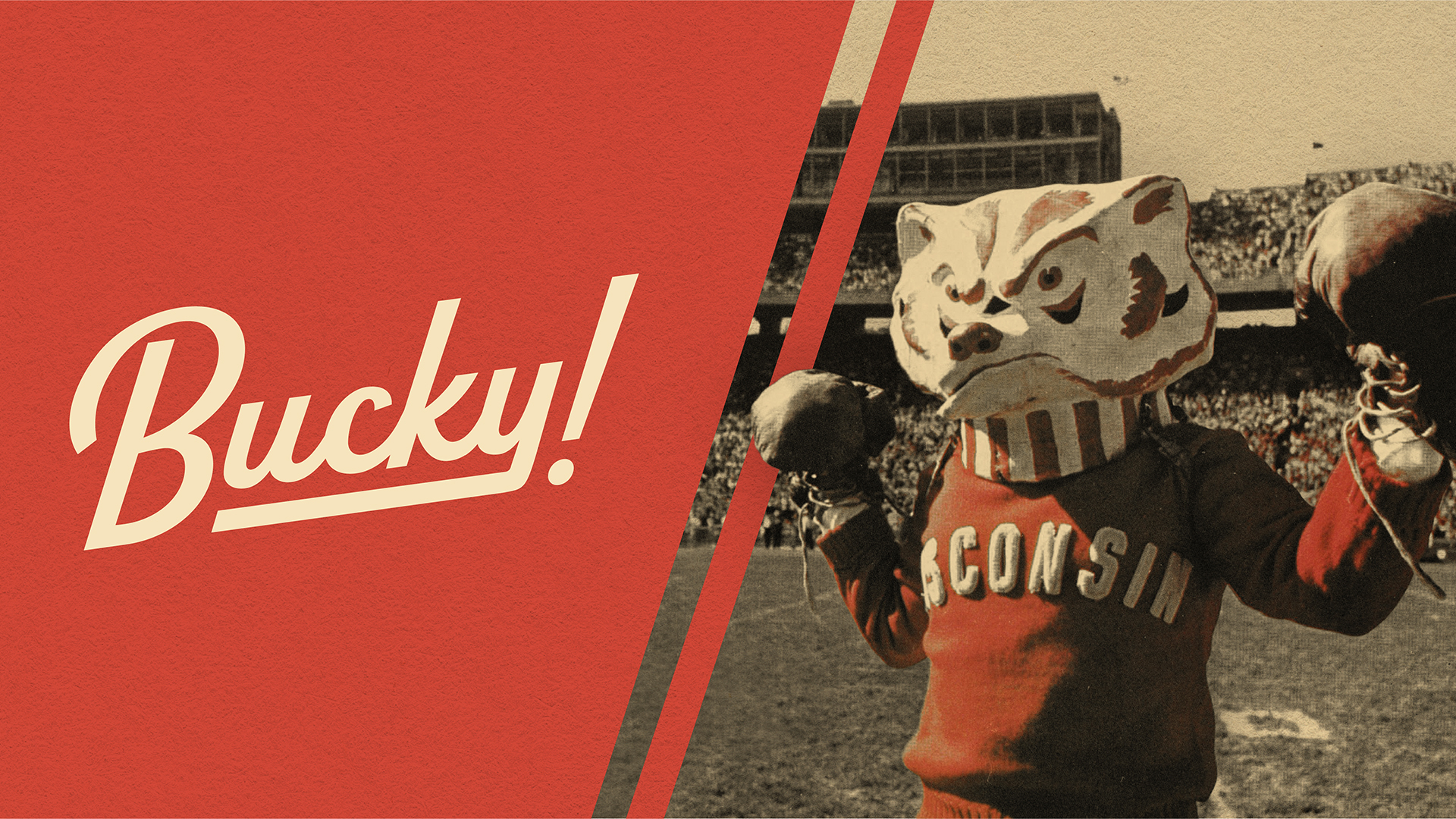



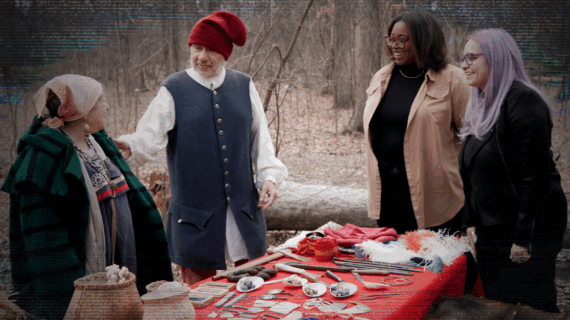
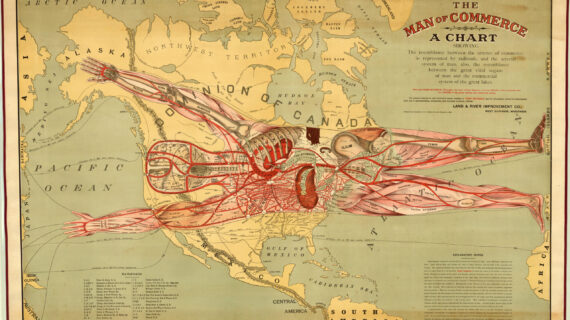
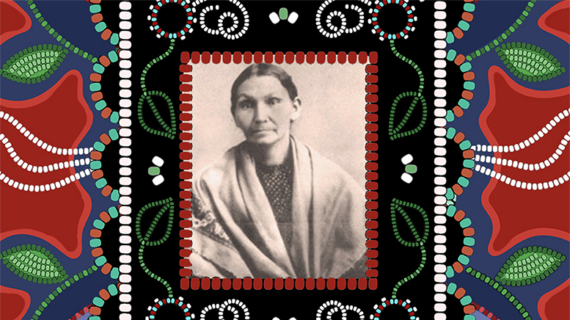



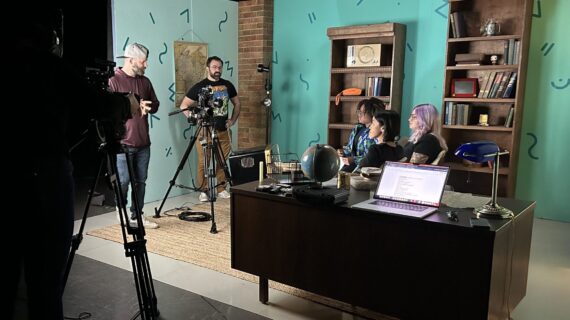
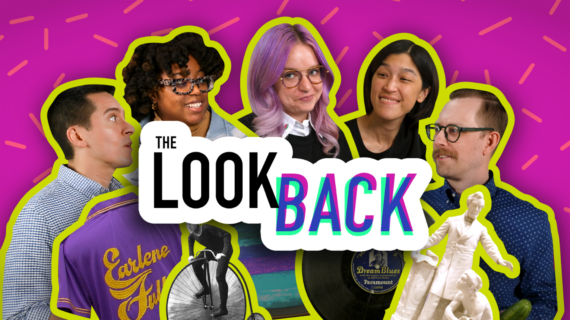

Follow Us